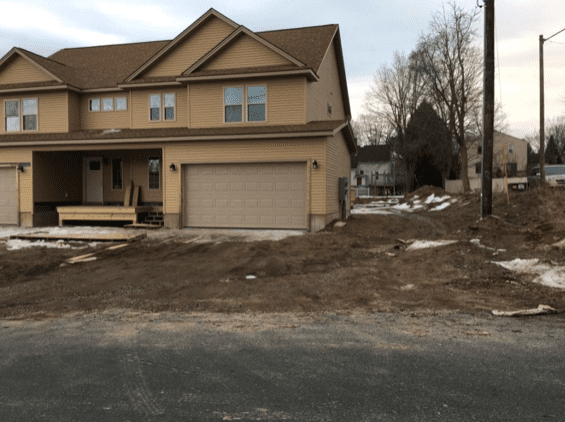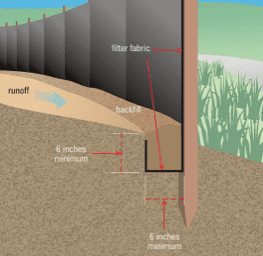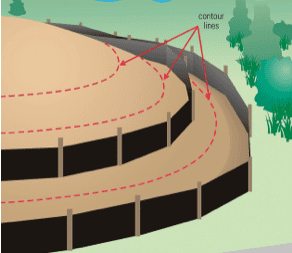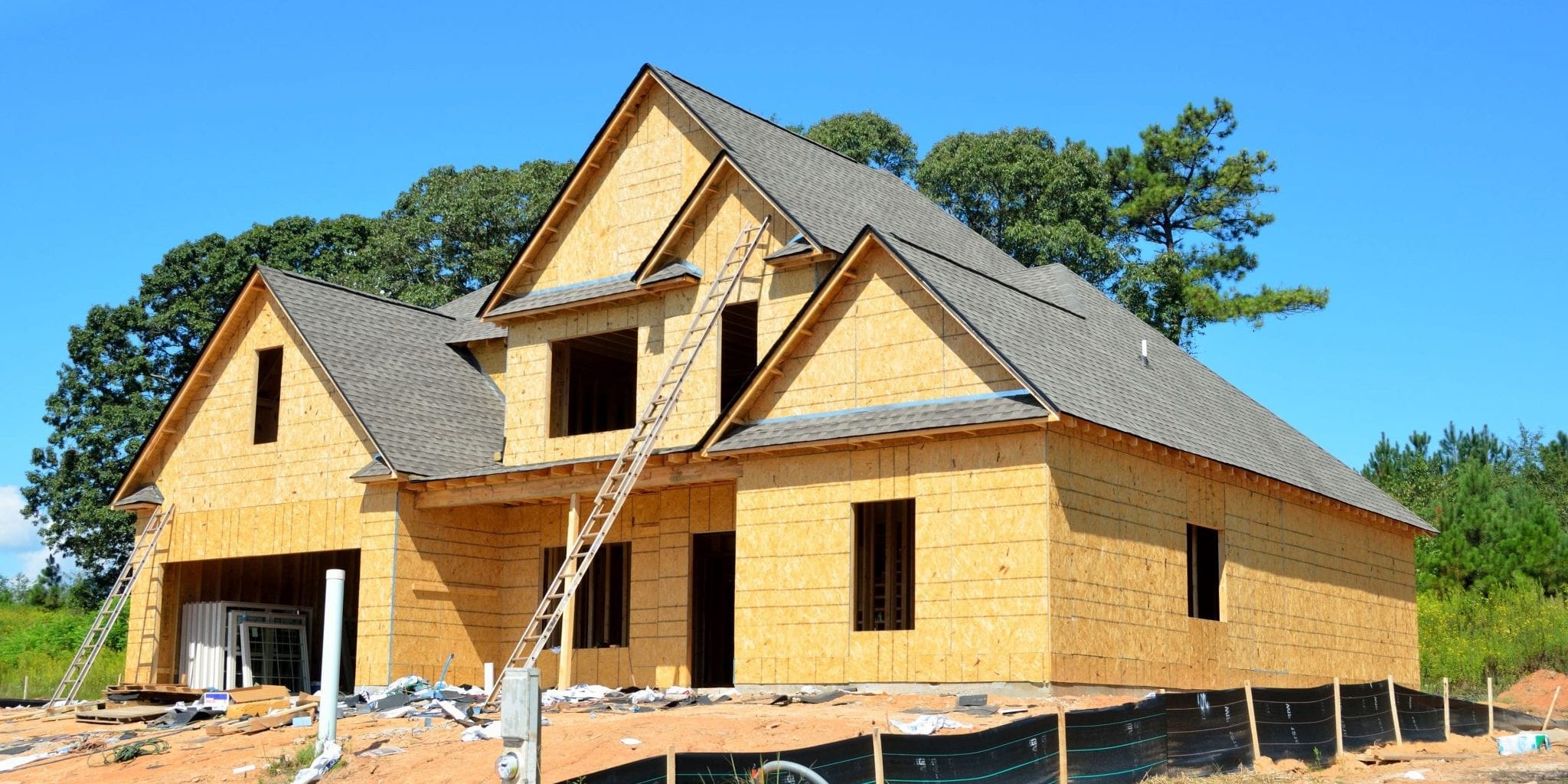Keep Soils From Washing away
No matter the size of a site disturbance — from a small addition on your home to a larger construction project — it’s important to consider how best to stabilize soils to control erosion and sedimentation.
The removal of natural vegetation and movement of dirt expose soils directly to rainfall. The force of storm flows can wash away large quantities of soils (erosion), creating rivulets and gullies that deliver sediment into nearby waterways.
Not only does this mean loss of good soil on site, but excess sediment in waterways can damage ecological health and reduce recreational and aesthetic values. Sediment that settles (sedimentation) can smother bottom-dwelling organisms and their habitats and can fill otherwise deep permanent pools that are valuable to aquatic life during summer and drought. It can also diminish the fun of enjoying a dip at a local swimming hole on a hot summer day.
DID YOU KNOW?
Large accumulations of sediments can cause upstream flooding

Deposits deflect water flow into adjacent stream banks or even onto land
Once there, sediment is difficult to remove and requires expensive engineering solutions

Do the Right Thing
EROSION CONTROL
Promote erosion and sediment control by using measures that are appropriate to the conditions of the site. Structural measures such as silt fences and staked hay bales or coir roles that are properly placed and maintained can help trap soils and keep them from moving into storm drains and out to waterways. Following are a suite of best practices to follow in planning for site work and during construction.


For silt fences to be effective, they must be properly installed and maintained. Note proper installation shown in above images.
Source of images: “Erosion and Sediment Control: A Guide for Individual Building Sites” by LCRA.
Site Work & Construction

During Planning for site work:
- Plan the site to fit its natural characteristics. This includes avoiding sensitive areas, steep slopes, and highly erodible soils to the maximum extent possible.
- Preserve and protect natural resources and areas of existing vegetation.
- Phase the plan in workable construction units so that only the soil in the area actively being developed is exposed and minimize the duration of soil exposure at any one time.
- Plan to use sediment barriers along contour lines, with a focus on areas where short-circuiting (i.e., flow around the barrier) may occur.
- If you have steep slopes on site, use berms at the top of the slopes to divert runoff away from the slope’s edge.
- Design trapezoidal or parabolic vegetated drainage channels, not triangular.
- Use vegetated channels with rip rap check dams, instead of impervious pavement or concrete, to reduce the velocity of flows in the conveyance system.
- Design a check dam or sediment forebay with level spreader at the exit of outfalls to reduce the velocity of the discharge and to collect sediment.
- Use turf reinforcement matting to stabilize vegetated channels and encourage vegetation establishment in order to withstand flow velocities without scouring the base of the channel.
- Plan open channels to follow land contours so natural drainage is not disrupted.
- Use organic matting for temporary slope stabilization and synthetic matting for permanent stabilization.
- Provide a stable channel, flume, or slope drain where it is necessary to carry water down slopes.

During construction:
- Apply temporary erosion control practices as soon as possible to stabilize exposed soils and prevent off-site damage.
- Stabilize sites whenever operations temporarily cease.
- Protect slopes on the construction site.
- Protect all storm drain inlets.
- Use perimeter controls that provide protection along the site's edge before sediment reaches roadway, storm drains, or adjacent properties.
- Stabilize construction site entrances and exits to prevent off-site tracking.
- Inspect stormwater controls at regular intervals and especially following any storm.
- Complete final grading and install permanent vegetation on disturbed areas as soon as possible.
- Provide a stable channel, flume, or slope drain where it is necessary to carry water down slopes.
For further guidance, please see this pdf: Massachusetts Erosion and Sediment Control Guidelines for Urban and Suburban Areas, MassDEP, 2003
